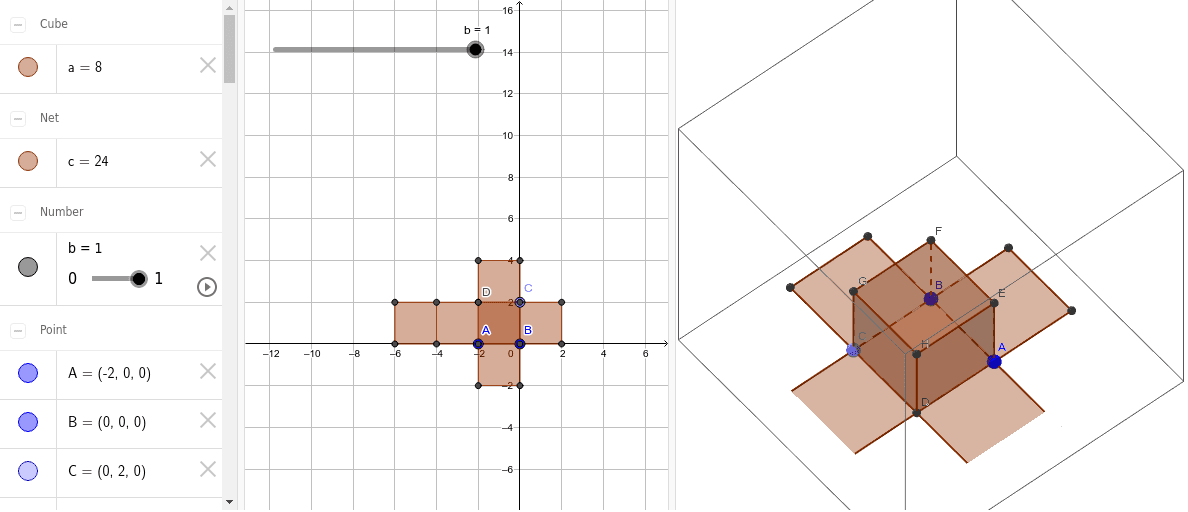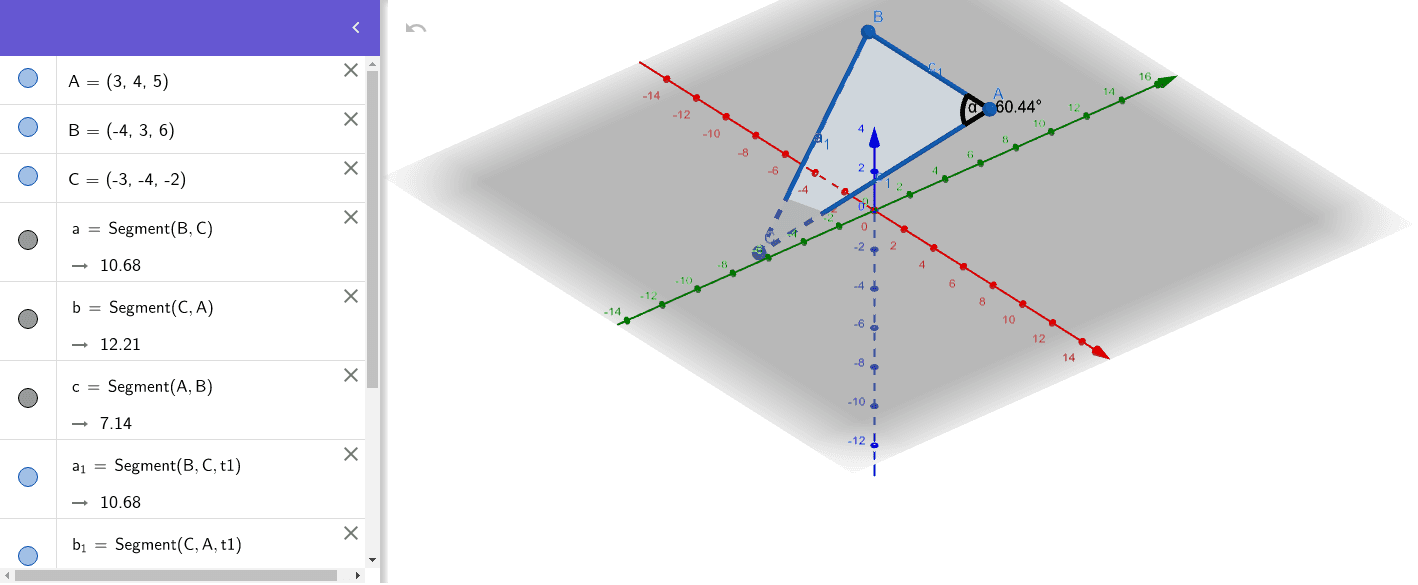
In that case, use \(f(x)\)-notation when entering the functions in the input bar, as in: f(x) = 2x-1 The commands used in calculus however, must work on objects that are functions. The distinction made by GeoGebra (between lines, conic sections and functions) does not matter as long as you don't have to do any calculus. Where the coefficients are either written as numbers or get their values from sliders. In the general case you can enter an equation Not all such curves are graphs of functions.Īs for lines, you can enter the equation x = 5 to get a vertical line, which isn't the graph of a function.Īs for conic sections, you can enter the equation for any conic section. Objects with the given names c, g, f.Ī curve defined by an equation in \(y\) and \(x\) is a more general concept than a graph of a function. All three objects are given names by GeoGebra. If you enter following functions in the input bar (one at a time): y = 2x-1Īnd then look at the algebra view, you can see that GeoGebra treats them as three different kind of objects: a line, a conic section, and a function.

The \(f(x)\)-notation and equations in \(y\) and \(x\) Write f(x)= in the editing area and then choose \(f\) from the Object-menu. You can show a dynamic equation of the function by making a text object in the graphics view. You then make four sliders \(a, b, c, d\), and enter f(x)=ax^3+bx^2+cx+d Let's say you want to show a polynomial function of degree three.

Using GeoGebra you can easily handle functions with coefficients. You can also name a function, for example by writing: myFunction(x) = sin(x) If you write an expression of \(x\) in the input bar, a function is created and given a name by GeoGebra. In most cases it is easy to guess how a function should be written. There are a number of predefined functions and operators in GeoGebra that are shown on the site GeoGebra - Predefined Functions and Operators.


 0 kommentar(er)
0 kommentar(er)
